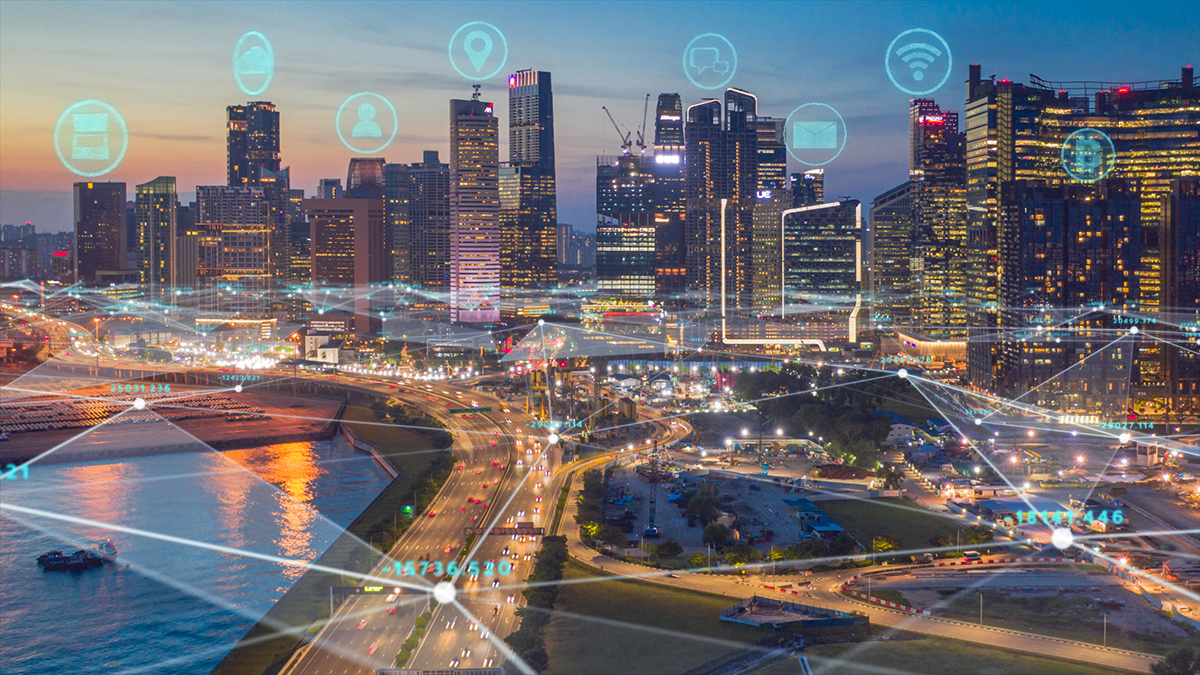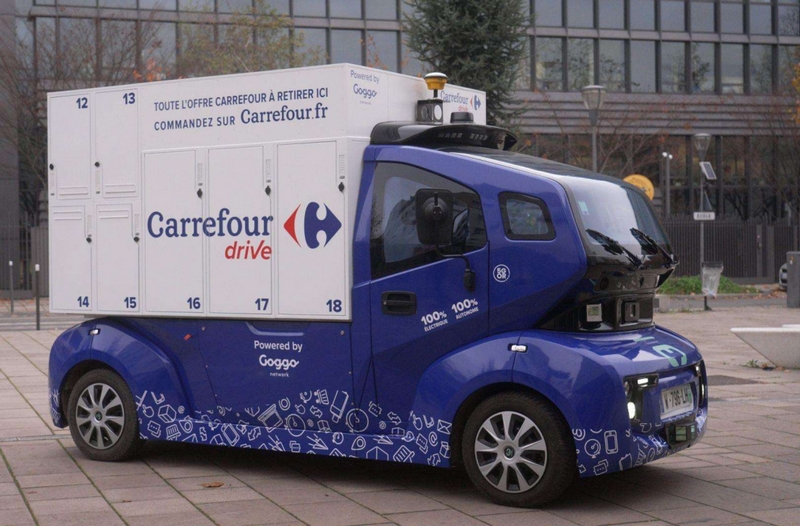Parking, red lights: what will 5G bring to car traffic?


With its speed up to ten times higher than that of 4G and its low latency, of the order of milliseconds, 5G offers a large number of use cases to the automotive world. If we spontaneously think of autonomous vehicles, the latest wireless communications standard can, more generally, bring out new connected mobility services.
By allowing vehicles to connect to each other and to the road infrastructure in real time, 5G can streamline traffic, improve safety and reduce the carbon footprint of our customers. It is these main axes that the automotive and telecom sectors are exploring as part of the 5G Open Road project.
Initiated in April 2022, this project brings together 16 industrialists including car manufacturers and equipment suppliers (Renault, Stellantis, Valeo), telecom players (Bouygues Telecom, Nokia), ESNs (Capgemini, Smile), pioneers in the field of autonomous vehicles (Milla, Goggo Network, TwinwHeel) or road signs (Lacroix) and research institutes and test centers (Cerema, UTAC, Systematic).
Nearly 90 million euros will be invested in this program, which is expected to last until 2024. It is funded by the government as part of the Investments for the Future Program (PIA). As its name suggests, the 5 Open Road project is the only one in Europe to conduct its experiments on an open road, on the Paris-Saclay campus and in urban areas in the Yvelines (Versailles Grand Parc, Vélizy, Saint-Quentin-en-Yvelines …).
The 5g Open Road project published, at the beginning of October, a Call for expression of interest (AMI) for startups, SMEs, large groups or academic actors. The first part, supported by Nokia Bell Labs, aims to capitalize on the 2.6 GHz private 5G network platform installed in the Polytechnic district in Palaiseau. The second aims to experiment with new use cases.
Reduce the risk of collisions at intersections
Already, great use cases are emerging. The first focuses on the collaborative search for parking spaces. Thanks to their sensors, connected vehicles continuously detect the number of free places and their locations. Thanks to this pooling, the driver who wishes to park sees the area with the available places displayed on his screen.
This use case has a direct impact on the fluidity of traffic and on the reduction of carbon emissions. It can also allow a local authority to identify vehicles that have been “stopped” or stopped in prohibited areas.
To make traffic flow smoother and prevent dangers, 5G can also take into account exchanges between vehicles (V2V), between the vehicle and the road infrastructure (V2I) or between the vehicle and pedestrians (V2P).
This hyperconnectivity is of particular interest for road intersections. Highly accident-causing, they concentrate a large number of road users – cars, motorcycles, pedestrians, scooters, cyclists – in various configurations – traffic lights, roundabouts, level crossings…
Equipped with a set of sensors – camera, lidar, radar … – an “intelligent” crossroads makes it possible to secure and optimize the flows of people and vehicles, thus reducing the risks of collusion and by prioritizing priority vehicles.
By monitoring movements in a virtual zone, geofencing makes it possible, for its part, to adapt in real time the traffic regulation rules in the heart of the city, the so-called mixed mobility zones where traditional vehicles and means of soft mobility such as bicycles or scooters coexist.
Autonomous shuttles for transport and home delivery
By circulating many trucks and vans, the actors of commerce and e-commerce participate in the congestion of hypercenters. 5G can help them favor more virtuous home delivery methods on the famous last kilometer by replacing traditional vehicles with remote-controlled droids, lighter and less CO2 emitters.

Last December, Carrefour and Goggo Network experimented with a “Mobile Drive” service using a fully autonomous delivery vehicle. He traveled on the public roads of the Saclay plateau, with high traffic and « under normal conditions”. The customer unlocks his locker with a code that he has previously received by SMS. Once the orders have been collected, the shuttle returns to its starting point in Massy (91) in anticipation of its next tour.
Autonomous shuttles are also used to transport individuals. They replace the public transport in areas not covered, offer more extended schedules and can be booked on demand from a mobile application. This is what the Milla shuttle does on a daily basis in Vélizy. For the past 5 years, she has been transporting up to six people to the tram station.
“The whole challenge now is to travel at the speed of city traffic, in all circumstances, minimizing slowdowns in complex areas, removing the security operator who is on board “, explains the 5G Open Road project on its website.








